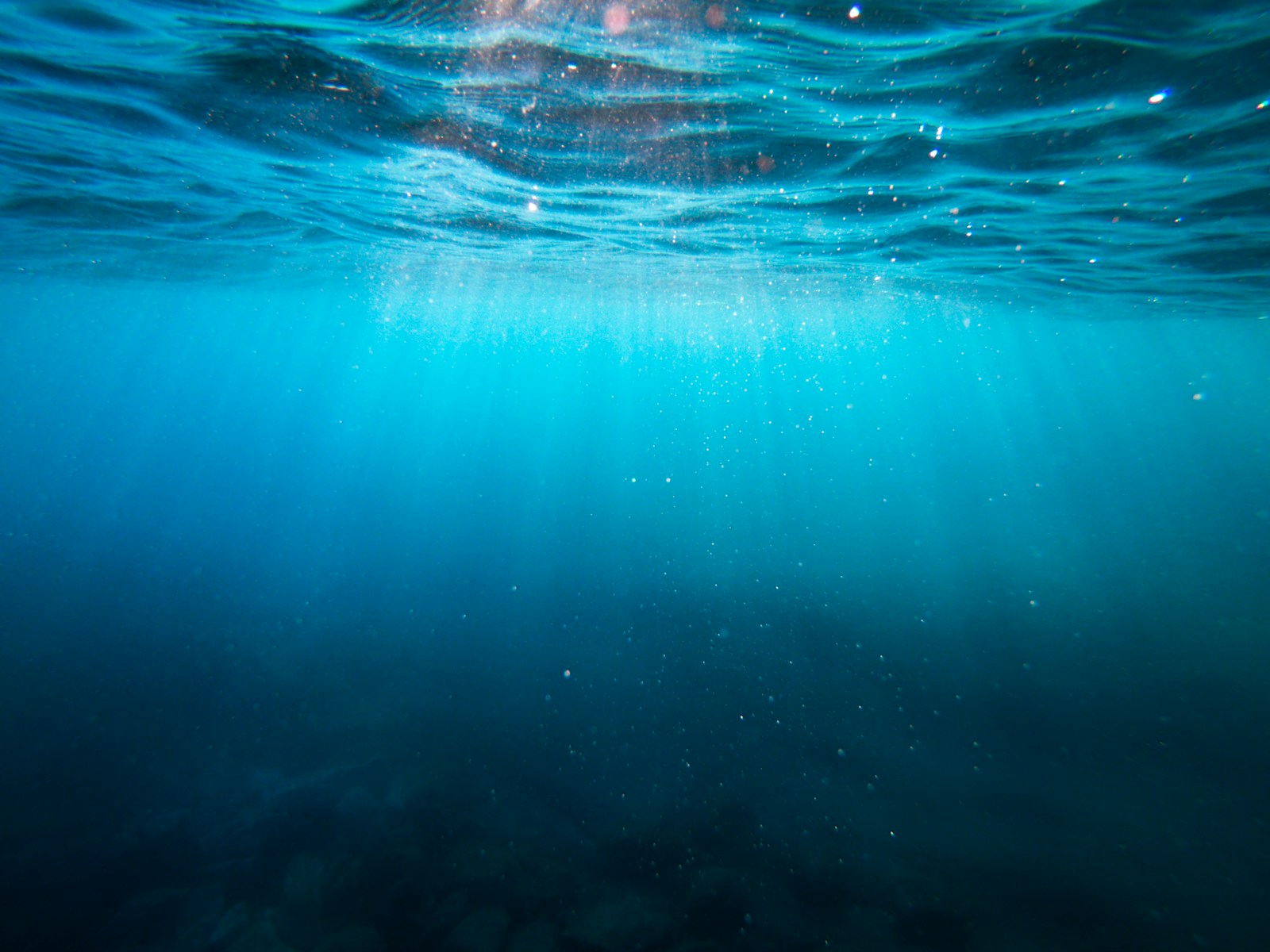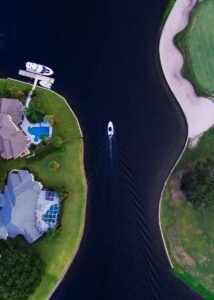TL;DR:
– Benefits: Explains savings and environmental benefits of water conservation.
– Technologies: Highlights smart irrigation, low-flow fixtures, and greywater recycling.
– Practical Tips: Provides ways to reduce water usage, harvest rainwater, and landscape smartly.
– Educational Importance: Advocates for spreading awareness and individual involvement in water conservation.
– Action Steps: Guides assessment of water usage, strategy implementation, and available support resources.
Introduction
Welcome to a world where innovation meets sustainability, where every drop of water matters in the journey towards a greener future. Today, we delve into the realm of the Water Conservation Home, a beacon of hope in our quest for a more sustainable way of living. As we explore five cutting-edge strategies that redefine how we interact with water, envision a future where conservation is not just a choice but a way of life. Join me on this journey as we unlock the secrets to a more eco-conscious and water-efficient home, shaping a better tomorrow with each conscious decision.
Benefits of Water Conservation
Did you know that water conservation can transform your home into a sustainable oasis while saving you money? Let’s explore how adopting water-saving strategies can benefit your household and the environment.
How Can Water Conservation Benefit Your Home?
– Reduces your water bills by lowering consumption
– Preserves local water resources for future generations
– Minimizes strain on wastewater treatment systems
– Enhances the value of your property with eco-friendly features
What Are the Environmental Impacts of Conserving Water?
– Protects aquatic habitats and wildlife by maintaining water levels
– Reduces energy consumption associated with water treatment
– Lowers carbon footprint through decreased water pumping and heating
– Mitigates the risk of water scarcity and droughts in the long run
How Does Water Conservation Save You Money?
– Decreases water bills by using less water
– Extends the lifespan of plumbing fixtures and appliances
– Cuts down on energy costs for water heating
– Potential incentives or rebates for water-saving upgrades
Start your journey to a water-conservation home today and reap the rewards of a sustainable lifestyle.
Innovative Water-Saving Technologies
Are you looking to transform your home into an eco-friendly oasis while conserving water? Discover the latest innovations in water-saving technologies that can make a significant impact on your sustainability efforts.
Which Smart Irrigation Systems Can Help Reduce Water Waste?
– Smart irrigation systems utilize weather data and soil moisture sensors to optimize watering schedules, reducing water waste.
– Examples include Wi-Fi-enabled controllers that adjust watering based on real-time conditions and smart sprinkler heads that target specific areas.
– By investing in smart irrigation technology, you can efficiently water your landscaping while minimizing water consumption.
How Do Low-Flow Fixtures Contribute to Water Conservation?
– Low-flow fixtures such as faucets, showerheads, and toilets are designed to reduce water usage without sacrificing performance.
– These fixtures incorporate aerators, pressure regulators, and dual-flush mechanisms to limit water flow.
– By installing low-flow fixtures in your home, you can save gallons of water each day, leading to significant long-term savings.
What Are the Benefits of Installing Greywater Recycling Systems?
– Greywater recycling systems collect and treat water from sinks, showers, and laundry for reuse in non-potable applications.
– This recycled water can be used for irrigation, toilet flushing, and other purposes, reducing the strain on freshwater resources.
– By incorporating a greywater recycling system into your home, you can minimize your water footprint and promote sustainable living practices.
Practical Tips for Water Conservation at Home
How Can You Reduce Water Usage in Daily Activities?
– Turn off the tap while brushing your teeth or washing dishes.
– Use a dishwasher only when it’s full.
– Repair leaky faucets promptly to avoid water wastage.
– Shorten your showers to reduce water consumption.
– Collect and reuse excess water from rinsing fruits and vegetables.
What Are Some Creative Ways to Collect and Reuse Rainwater?
– Install a rain barrel to collect rainwater for gardening or lawn care.
– Direct rain gutter downspouts to water plants in your garden.
– Implement permeable surfaces in your yard to allow rainwater to infiltrate the soil.
– Consider installing a rain garden to capture and filter rainwater naturally.
How Can Landscaping Choices Impact Water Conservation Efforts?
– Choose native and drought-resistant plants that require less water.
– Group plants with similar water needs together for more efficient irrigation.
– Mulch your garden beds to retain moisture and reduce water evaporation.
– Opt for permeable paving materials to prevent runoff and promote water infiltration.
Importance of Educating Others About Water Conservation
Incorporating water conservation practices into our daily lives is an impactful way to take ownership of our planet’s future, but it should not stop there. As important as it is for us to embrace a water conservation home, it’s equally significant to spread knowledge and inspire others to do the same. Changing our behaviour is a solid start, but long-standing change can only happen on a broader scale if we enlighten the people around us – our families, friends, neighbours, and wider community.
Why Is Spreading Awareness About Water Conservation Essential?
In this digital age, we have the power to reach hundreds, even thousands, of people via social media, blogs, and community forums. By sharing your passion for water conservation and how it benefits in cost savings, sustainability, and improved health, we can inspire more individuals to become water-conscious and contribute to the preservation of our environment.
How Can Schools and Communities Promote Water Conservation?
Educational institutions and community organizations play a crucial role in advocating for water conservation. Schools can integrate water education into their curriculum, organizing field trips to local water treatment plants or arranging guest lectures from environmental specialists. Similarly, community groups can host water conservation workshops, create pamphlets about reducing water usage, and develop local initiatives promoting water-conscious practices.
What Role Can Individuals Play in Advocating for Water Conservation?
As individuals, we can lead by example. Setting up water-efficient homes, practicing water-saving habits, and talking about these actions with friends, family, and community members can have a significant ripple effect. Furthermore, you may consider volunteering or creating events focused on water conservation within your local community to further spread the word.
Taking Action: Steps to Create a Water Conservation Home
The journey into water conservation in your home begins when you take the first step in becoming aware of how water is consumed within your household. From identifying areas where water wastage is most prevalent to implementing water-saving techniques, here are some steps you can take to start your journey towards a sustainable future.
What Are the Initial Steps to Assess Water Usage in Your Home?
The first step to identifying water wastage within your home is conducting an audit. This involves tracking daily water usage and identifying areas of significant water consumption. Additionally, you may want to check for leaks, as they can significantly contribute to water wastage.
How Can You Implement Water Conservation Strategies in Your Household?
Once you’ve assessed your home’s water usage, you can put in place techniques that reduce consumption. These could range from installing water-efficient appliances and fixtures, harvesting rainwater, reusing greywater, or simply changing daily habits like shortening shower time.
What Resources and Organizations Can Support Your Water Conservation Efforts?
Numerous resources and organizations can help you in your water conservation journey. Websites like WaterSense, an EPA Partnership Program, offer insightful guides on water-efficient products. Additionally, local environmental or sustainability organizations may offer workshops, funding opportunities, or community programs focused on water conservation.
Taking Action: Steps to Create a Water Conservation Home
In a world where water scarcity is becoming a pressing issue, creating a water conservation home is essential for sustainable living. By implementing efficient water-saving strategies, you can make a significant impact on your household’s water consumption and reduce your environmental footprint. Let’s explore the practical steps you can take to transform your home into a water-saving oasis.
What Are the Initial Steps to Assess Water Usage in Your Home?
– Conduct a water audit to identify areas of high water consumption.
– Check for leaks in faucets, toilets, and plumbing fixtures.
– Review water bills to track your household’s water usage patterns.
How Can You Implement Water Conservation Strategies in Your Household?
– Install low-flow fixtures in bathrooms and kitchens to reduce water wastage.
– Upgrade to energy-efficient appliances that use less water, like dishwashers and washing machines.
– Implement a smart irrigation system to optimize outdoor water usage based on weather conditions and plant needs.
What Resources and Organizations Can Support Your Water Conservation Efforts?
– Explore water conservation rebates and incentives offered by local utility companies.
– Join community water conservation initiatives to learn and share best practices.
– Seek guidance from environmental organizations that provide resources and tips for sustainable living.
Now that you’re equipped with the necessary knowledge and tools to create a water conservation home, it’s time to take action. By making conscious choices and embracing innovative technologies, you can contribute to a more sustainable future for generations to come. Next, we’ll explore the importance of making a positive impact beyond your home in the conclusion of our article.
Conclusion:
In a world where each droplet counts, our journey through the realms of water conservation home unveils five innovative strategies for a sustainable and responsible future. From efficient fixtures to smart irrigation systems, the ethos of Water Conservation Home breathes life into every drop saved. As we embrace these solutions, we not only safeguard our planet’s most precious resource but also pave the way for a greener tomorrow. Dive deeper into the realm of Water Conservation Home and let every action cascade into a wave of change. Join us in this ripple of transformation!










